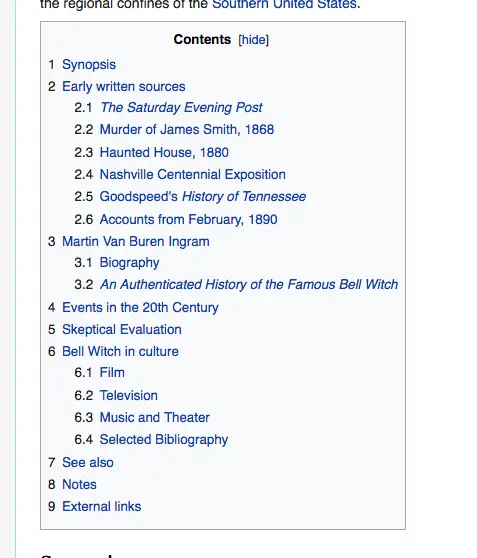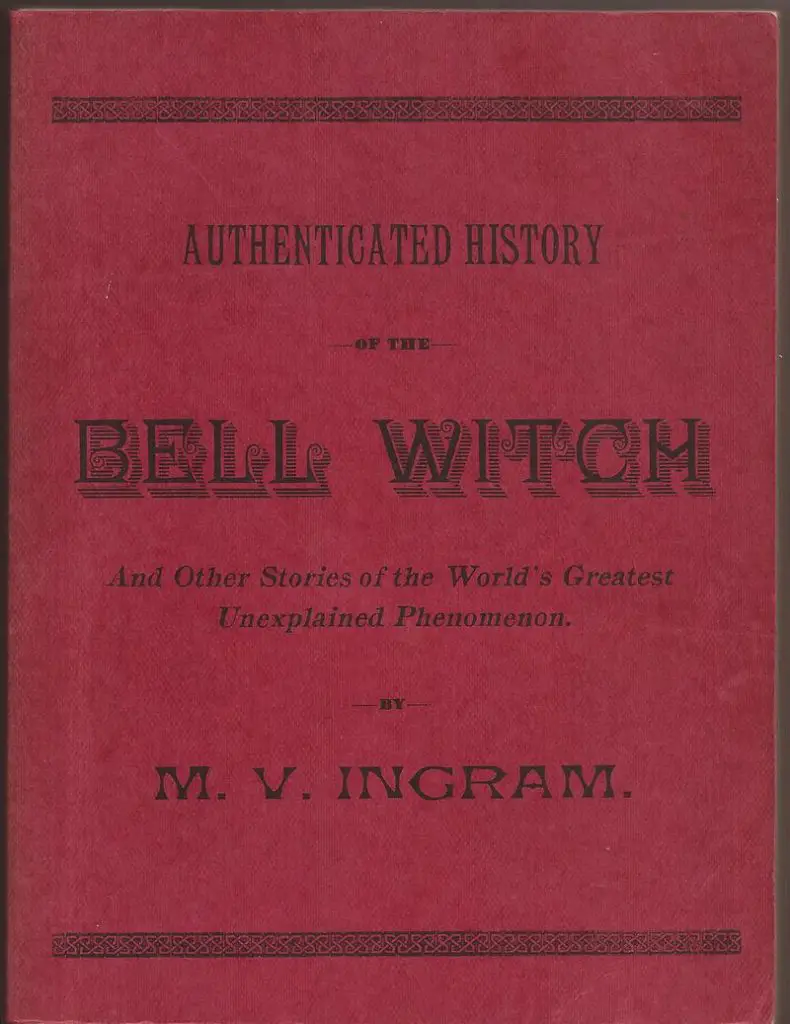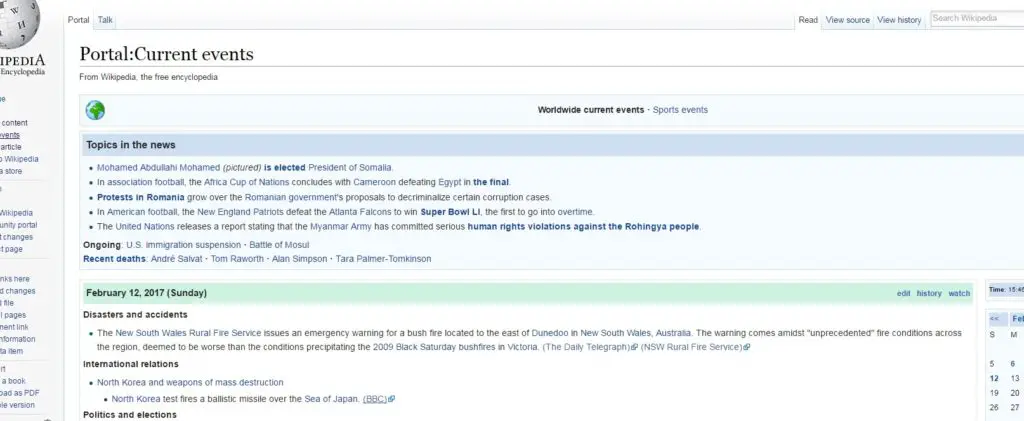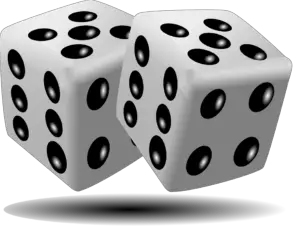[et_pb_section admin_label=”section”][et_pb_row admin_label=”row”][et_pb_column type=”4_4″][et_pb_text admin_label=”Introduction” background_layout=”light” text_orientation=”left” use_border_color=”off” border_color=”#ffffff” border_style=”solid”]
Did you know that a website you probably use every single day could be the key overcoming your writer’s block and unleashing an endless supply of juicy story ideas?
Well, you probably had an inkling I’d say something like that based on the title of this post, but it’s true: Wikipedia is a powerhouse of writing inspiration … if you use it the right way.
One of the benefits of working in IT is that I spend all day poking around the deep dark recesses of various technologies, including common websites. This may sound boring or even scary to non-techies, but it has a huge carryover to other parts of life.
In the case of Wikipedia, that means taking full advantage of the supersite’s features to rouse your creativity.
While the veracity of the information on Wikipedia has come under attack in some circles, I generally find it to be pretty darn accurate. I also tend to trust the open-source, crowd-sourced nature of the fact-checking mechanisms Wikipedia has in place. Throw up some BS, and someone is going to call you out on it.
Besides, who cares about absolute truth when you’re trolling for you next story concept?
What you need at that moment — when your muse has dropped you like a scorching Aaron Rodgers pass — are ideas.
And boy, does Wikipedia deliver on that front. Big time.
You just have to know how to use it the right way, like a writer.
Here’s the scoop …
Table of Contents
[/et_pb_text][et_pb_text admin_label=”Search” background_layout=”light” text_orientation=”left” use_border_color=”on” border_color=”#919191″ border_style=”solid” custom_margin=”||30px|” custom_padding=”20px|20px|20px|20px”]
Chapter 2
Search
If you have a basic concept in your mind but need some help zeroing in on specifics, the Wikipedia search engine can help. To get started, navigate to the Wikipedia main page:

Let’s say I want to write a short story about ghosts, but I’m not sure what my plot should be. If I start typing “ghost” in the search box, Wikipedia will suggest some results:

If none of those headings spark an idea, you can perform the full search by clicking the magnifying glass or pressing the “Enter” key.
The problem with doing this is that Wikipedia is smart and will take you directly to the page it thinks you want — usually because the phrase you typed corresponds directly with the name of an existing Wikipedia page. In this case, you get the full “Ghost” entry:

This page is jammed full with information, and you can likely use the other methods I describe below to pull out a great story idea. But if you want to see the full list of search results, you can “trick” the search engine by using a misspelling of your main query. In this case, I typed “ghort.” Wikipedia gave me a list of results containing that word fragment but also presented a valuable “Did you mean”:

Of course, I did indeed mean, “ghost,” and I clicked that heading to reveal the full set of search results:

From there, you can read through the list of ghost-related results and click on any that look interesting until you figure out what you want to write.
You can also generate a list of search results by adding more terms to your base word. For instance, “ghost sightings” yields this list of pages:

As you can see, there is no “ghost sightings” page, which is why you get a full listing.
(Return to Table of Contents)
[/et_pb_text][et_pb_text admin_label=”Categories & Subcategories” background_layout=”light” text_orientation=”left” use_border_color=”on” border_color=”#919191″ border_style=”solid” custom_margin=”||30px|” custom_padding=”20px|20px|20px|20px”]

Chapter 3
Categories and Subcategories
If you’re really struggling to come up with a story concept and need a smorgasbord of ideas to help you brainstorm, Wikipedia is a godsend. One of the best places to start is in on the Categories page:

As you might expect, this page lists all of the top-level categories on Wikipedia. From here, you can browse through the titles until one catches your eye or until a story idea pops out at you.
When I scanned down this page while writing this piece, I thought Folklore looked interesting, so I clicked into it:

This gave me a list of subcategories and pages all related to Folklore. Subcategories break down the topic further, while pages are the individual entries for the topics listed. In this case, I decided to check out the “Folklore by country” subcategory:

This page further explodes the topic, giving me a list of subcategories to explore. I chose to dig into American folklore since most of my stories are set in the US.

Here, we see even more subcategories — Wikipedia is incredibly deep and broad in its coverage, which is precisely why it’s such a valuable resource for writers.
In this case, though, I decided to peruse the list of actual pages to see if anything grabbed me:

There is a ton of potentially juicy story fodder here, and the best part is that I haven’t even heard of many of these. I’ll bet that clicking through to just about any page would present me with at least one great idea for my next story.
I’m a sucker for witches, though, so I clicked on “Bell Witch“:

Holy crap … just before the fold, I see references to a witch, a poltergeist, a haunted house, and time travel. And that’s all before I really even consider the on-page idea generators that Wikipedia offers! (see below)
(Return to Table of Contents)
[/et_pb_text][et_pb_text admin_label=”Article Contents” background_layout=”light” text_orientation=”left” use_border_color=”on” border_color=”#919191″ border_style=”solid” custom_margin=”||30px|” custom_padding=”20px|20px|20px|20px”]
Chapter 4
Page Contents
Chances are that I would have come up with a plot line before I ever had the chance to even click through to the Bell Witch page. There were just too many juicy categories and subcategories for me to have made it all the way to the article level.
But if you do land on a specific Wikipedia page, you still have ample opportunities to find story ideas. Maybe even more opportunities, and certainly the chance at more specific ideas.
Let’s start where we left off above, namely on the Bell Witch page:

After a couple of introductory paragraphs, you’ll find the table of contents for this article:

These are context-rich links to the various sections of the article, and the headings are often suggestive, especially for creative author types.
For instance, we’re reading an article about a witch of some sort and there among the section titles is one called, “Murder of James Smith.”
Jeepers! Could we write a story about a witch who kills a man using not witchcraft but a common implement? And what if she goes on trial, not as a witch but for murder? Would she use her witchcraft to avoid punishment? Or would her attempts to do so lead to something even darker — like burning at the stake?
The mind reels at the possibilities, and if it doesn’t, then your next step is to actually read the Wikipedia page to see what it jars loose.
And if that still doesn’t yield the results you seek, don’t fret, because the Bell Witch is not finished giving.
(Return to Table of Contents)
[/et_pb_text][et_pb_text admin_label=”Notes and References” background_layout=”light” text_orientation=”left” use_border_color=”on” border_color=”#919191″ border_style=”solid” custom_margin=”||30px|” custom_padding=”20px|20px|20px|20px”]
Chapter 5
Notes and References
One of the really cool things about Wikipedia is how heavily referenced each article is. Administrators and the broader community alike routinely police each page and mark any that doesn’t present a solid bibliography of supporting references.
This is good news for you as a writer because this list of citations is a valuable repository of potential story ideas. Don’t believe me? Just scroll down to the Notes section at the bottom of the Bell Witch page:

How about some of these snippets as writing prompts?
- “Hobgoblins and Old Gray Horses the Incentive to Crime”
- “A Weird Witch: More Tales of a Fishy Flavor from Adam’s Station, TN”
- “Investigate Bell Witch Cave”
- “Form Lately Appears on Cliff Overlooking Bell Witch Cave”
If none of those titles inspire you directly, you can click through and read the associated articles.
(Return to Table of Contents)
[/et_pb_text][et_pb_text admin_label=”External Links” background_layout=”light” text_orientation=”left” use_border_color=”on” border_color=”#919191″ border_style=”solid” custom_margin=”||30px|” custom_padding=”20px|20px|20px|20px”]
Chapter 6
External Links
If by some miracle, you’ve made it this deep into the bowels of Wikipedia without uncovering your next story idea, you still have more options.
For example, many Wikipedia pages have a section of External Links which appear beneath the Notes area. For the Bell Witch article, we see these additional resources:

Plenty of supplemental fodder in those headlines but, again, you can always click through and read the full articles.
These entries are resources related to the main Wikipedia page you’re reading that weren’t necessarily cited in the text. They’re nevertheless valuable fonts of ideas, and they take all kinds of forms — articles, books, videos, audio recordings, etc.
(Return to Table of Contents)
[/et_pb_text][et_pb_text admin_label=”Images” background_layout=”light” text_orientation=”left” use_border_color=”on” border_color=”#919191″ border_style=”solid” custom_margin=”||30px|” custom_padding=”20px|20px|20px|20px”]
Chapter 7
Wikimedia Commons Images
You might have noticed the “Wikimedia Commons” box in the upper righthand corner of the External Links screenshot in the previous section:

Click that baby and you’ll land on a page full of images related to the article you’re reading. In the case of Bell Witch, we see this:

Those images should look familiar because they’re the ones that accompany the Bell Witch Wikipedia page. In case you missed them along the way, here are those pics:







And if none of these get your juices flowing? I don’t know, man … it might be time to question your commitment to this whole “creative process” thing.
Seriously, though, Wikipedia is still not done giving, believe it or not.
(Return to Table of Contents)
[/et_pb_text][et_pb_text admin_label=”Related Pages and Categories” background_layout=”light” text_orientation=”left” use_border_color=”on” border_color=”#919191″ border_style=”solid” custom_margin=”||30px|” custom_padding=”20px|20px|20px|20px”]
Chapter 8
Related Pages and Categories
The Internet is notorious for swallowing up whole swaths of time. You sit down to research how to do client-side consistency checks using JavaScript and the next thing you know, three hours have passed and your computer screen is filled with cat videos, Chuck Norris memes, and the latest TED Talk about getting more done through religious ritual.
The problem is that the Internet is sublimely hyperlinked — you can get from here to there to there with just a few clicks and sketchy semantical connections between concepts.
If you’ve ever spent much time on Wikipedia, you know that it’s a microcosm for the Internet itself. In particular, Wikipedia is exquisitely intraconnected, making it easy to jump from idea to idea without ever leaving the site.
One way it does this is with the block of links to related Wikipedia resources that accompanies many pages, down near the bottom under External Links. You can see this in action with Ghost page we ran into earlier:

There are tons of additional, related links in that block, and many of the names themselves are evocative enough to get your creative juices dripping — haunted highways, vengeful ghost, spirit photography, phantom vehicle, and on and on. But if those titles don’t do it for you, just click on one to be transported to the corresponding Wikipedia page.
And just below this block of “relateds”? A list of categories (our old friends) to which the page belongs:

Click one and the process — and flow of ideas — starts all over again.
(Return to Table of Contents)
[/et_pb_text][et_pb_text admin_label=”Random Articles” background_layout=”light” text_orientation=”left” use_border_color=”on” border_color=”#919191″ border_style=”solid” custom_margin=”||30px|” custom_padding=”20px|20px|20px|20px”]
Chapter 9
Random Articles
If you don’t have an idea for your next story and you don’t want to take the time to comb through a list of categories, you can use one of my favorite features of Wikipedia: the “Random article” link.
To access this functionality, just look in the upper left-hand corner of any Wikipedia page. Here’s what it looks like on the Bell Witch page:

Once you locate the link, just click it, and Wikipedia will whisk you away to a — you guessed it — random page on the site. Here’s what I got when I randomized off of Bell Witch:

Hmmmm …. a Texas war hero whose heroics helped decide the Texas Revolution? I think I can do something with that.
But even if a plot doesn’t immediately spring from the page on which you land, you can use all the drill-down methods we discussed above to further stoke your fires.
And you can always just jump to another random page.
If you don’t want to actually visit Wikipedia first in order to access the dandy random link, you can just go there directly. Of course, where “there” is will be up to the discretion of the Wikipedia robots.
(Return to Table of Contents)
[/et_pb_text][et_pb_text admin_label=”Featured Content” background_layout=”light” text_orientation=”left” use_border_color=”on” border_color=”#919191″ border_style=”solid” custom_margin=”||30px|” custom_padding=”20px|20px|20px|20px”]
Chapter 10
Featured Content
If you look back at the block of links in the upper left-hand corner of the Bell Witch page — or any Wikipedia page — you’ll see a couple others that are worth noting when you’re looking for story ideas.
First up is “Featured content”:

Click that link and you’ll see a page of content curated by Wikipedia and considered to be among the best the site has to offer:

Scroll down from there and you’ll get lots of meat to sink your creative teeth into:

This page alone could give you enough “prompts” to fuel a year’s worth of writing, provided you’re adept at connecting this to that.
(Return to Table of Contents)
[/et_pb_text][et_pb_text admin_label=”Current Events” background_layout=”light” text_orientation=”left” use_border_color=”on” border_color=”#919191″ border_style=”solid” custom_margin=”||30px|” custom_padding=”20px|20px|20px|20px”]
Chapter 11
Current Events
If you like your prompting to be a bit more topical, then Wikipedia gives you a “Current events” link, also in the upper left-hand corner of each page.

Click that link and you’ll see news stories that Wikipedia thinks you should know about:

Again, scroll down to get to the meatiest part of the thing:

As you might expect from any sort of news feed, there is lots of dark stuff here, but that doesn’t mean it won’t inspire you to write. Just don’t blame me — or Wikipedia — if your story winds up reading like a political backlash or natural disaster recovery mission.
(Return to Table of Contents)
[/et_pb_text][et_pb_text admin_label=”Conclusion” background_layout=”light” text_orientation=”left” use_border_color=”on” border_color=”#919191″ border_style=”solid” custom_margin=”||30px|” custom_padding=”20px|20px|20px|20px”]
Chapter 12
Conclusion
If you’ve never thought of Wikipedia as a source of writing ideas, you’re sure to be surprised when you dig in to the methods and features discussed here.
They’re not perfect, and they require some work on your part, but they’re very effective when it comes to courting your muse out of her hidey-hole.
This is also not an exhaustive list. Dig around the interface awhile and you’re sure to discover other helpful features of Wikipedia. There are also more tech-based options we can explore, like APIs, and maybe we’ll take a look at those in the future.
For now, though, these 10 nuggets should be enough to rev up your inspiration to new levels and get you writing your next great story.
(Return to Table of Contents)
[/et_pb_text][/et_pb_column][/et_pb_row][/et_pb_section]










